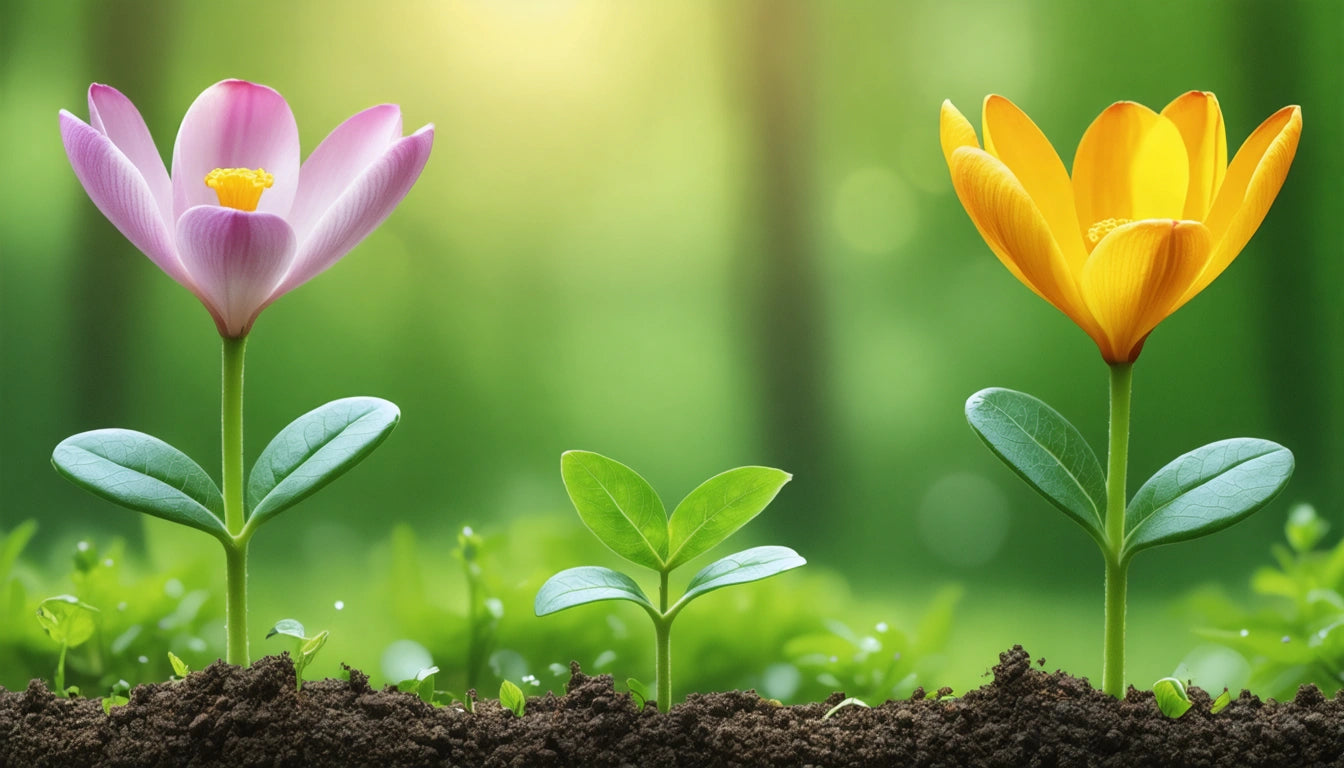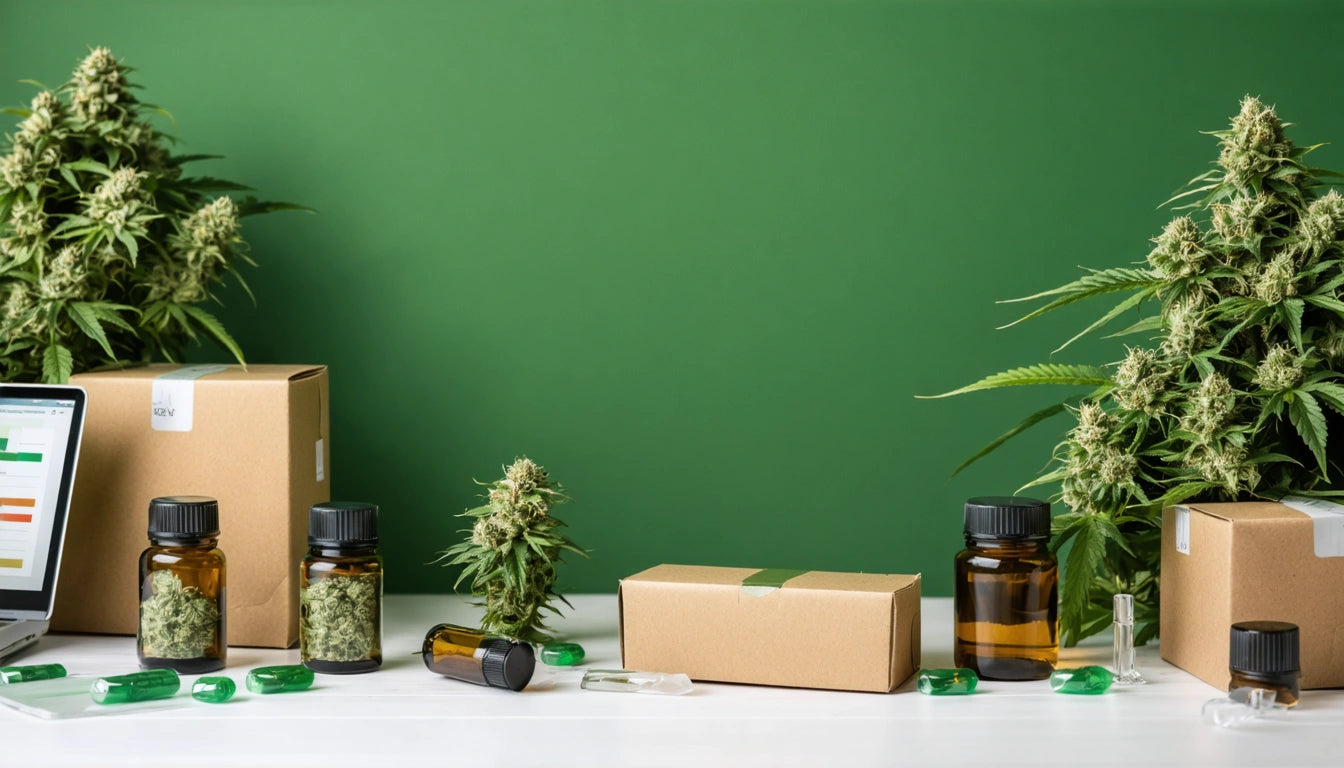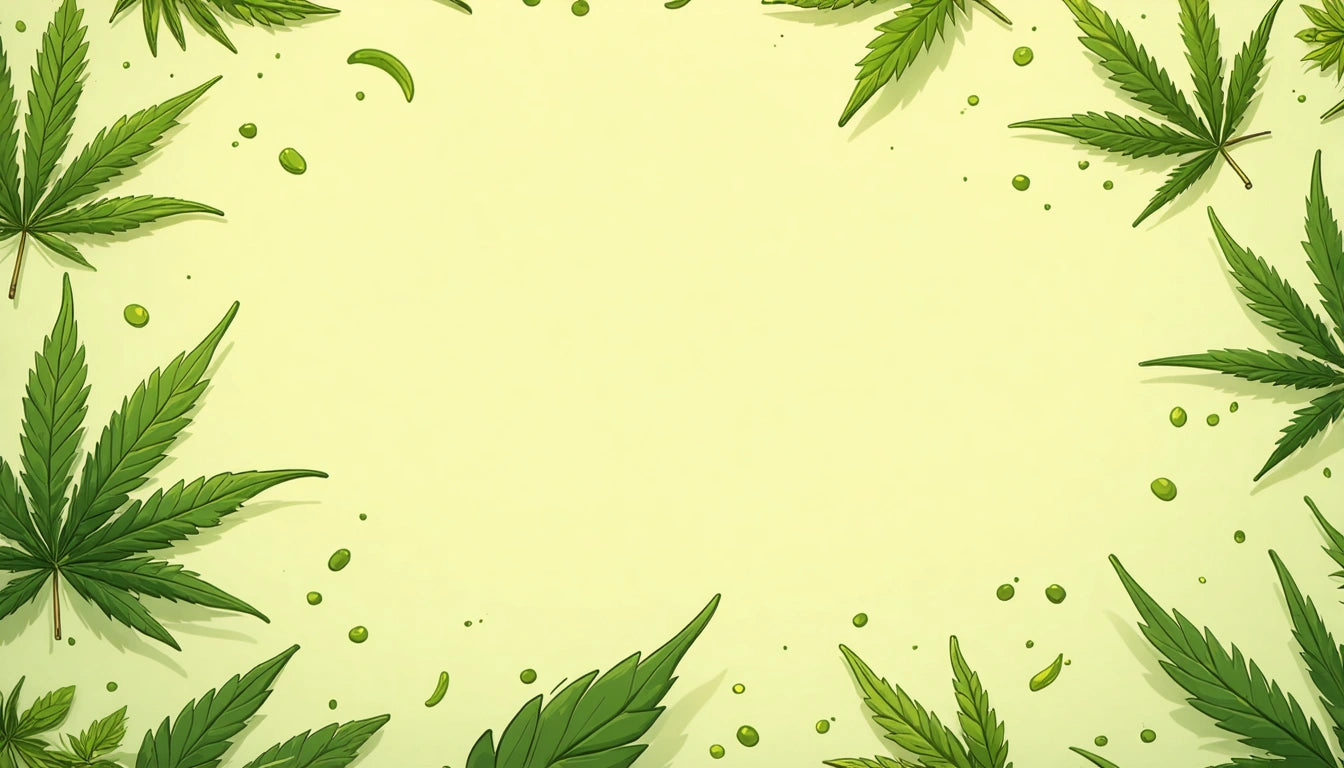Table of Contents
Understanding Seed Growth: Fastest Growing Seeds and Viability of Old Seeds
The journey from seed to plant fascinates gardeners of all skill levels. Whether you're an impatient gardener wondering what is the fastest growing seed or a curious collector asking if those 20-year-old seeds will still sprout, understanding seed growth fundamentals can improve your gardening success. This comprehensive guide explores rapid-growing seeds and the viability of aged seeds for optimal growing results.
Fastest Growing Seeds for Quick Results
For gardeners seeking quick gratification, certain seeds stand out for their remarkable germination speed. When considering what seed grows the fastest, several varieties consistently top the list:
- Microgreens - Many varieties sprout in 1-3 days, ready to harvest in 7-14 days
- Radishes - Germinate in 3-4 days, mature in 3-4 weeks
- Chia - Visible sprouting within 24-48 hours
- Mustard - Germination in 1-2 days
- Cress - Visible growth in 24 hours, harvestable in 5-7 days
These rapid-growing seeds offer nearly immediate visual feedback, making them ideal for educational projects or gardeners seeking quick results. According to our guide on quick germination, temperature, moisture, and seed quality all play crucial roles in achieving these optimal germination times.
Fastest Growing Flower Seeds for Rapid Blooms
When asking what is the fastest growing flower seed, several annual varieties provide quick visual rewards:
Annual Flowers with Rapid Growth
- Sunflowers - Germinate in 7-10 days, bloom in 60-70 days
- Marigolds - Sprout in 5-7 days, flower in 45-50 days
- Zinnias - Germinate in 5-7 days, bloom in 60-70 days
- Cosmos - Sprout in 7-10 days, flower in 50-60 days
- Sweet Alyssum - Germinate in 5-8 days, bloom in 6-8 weeks
These flowers not only germinate quickly but also progress rapidly to flowering stage. Understanding seed germination timing helps set realistic expectations for when you'll see those first colorful blooms.
Do Old Seeds Grow? Understanding Seed Viability
Many gardeners wonder, "Do old seeds grow?" or more specifically, "Will 20 year old seeds grow?" The answer depends on several factors:
Factors Affecting Old Seed Viability
- Seed Type - Some seeds naturally remain viable longer than others
- Storage Conditions - Cool, dry, dark storage significantly extends viability
- Seed Quality - Higher quality seeds generally maintain viability longer
- Protective Seed Coatings - Some seeds have natural protection that extends shelf life
While most seed viability decreases with age, many seeds can remain viable for years or even decades when properly stored. According to our comprehensive seed guide, even 20-year-old seeds may germinate, though typically at lower rates than fresh seeds.
For gardeners working with old seeds, it's advisable to plant more seeds than needed to compensate for potentially lower germination rates. You can also conduct a simple germination test by placing 10 seeds between moist paper towels to estimate viability percentage before planting.
Germination Techniques to Maximize Growth Speed
To achieve the fastest possible germination from any seed, consider these proven techniques:
- Pre-soaking - Soaking seeds for 12-24 hours can speed germination
- Scarification - Gently nicking hard seed coats helps water penetrate
- Stratification - Cold treatment breaks dormancy in some seeds
- Optimal Temperature - Most seeds germinate fastest at 70-75 °F (21-24 °C)
- Consistent Moisture - Keep seeds evenly moist but not waterlogged
These techniques can significantly reduce germination time for many seed varieties. For detailed guidance on these methods, refer to our comprehensive guide to growing and planting seeds.
Measuring Seed Growth: Tools and Methods
Accurately tracking seed growth requires proper measurement tools. For precise monitoring of seedling development, quality digital scales can accurately measure even minute changes in seedling weight, which is particularly useful for research or when optimizing growing conditions.
Beyond weight, other important measurements include:
- Germination Rate - Percentage of seeds that successfully sprout
- Time to Emergence - Days until first sprout appears
- Growth Rate - Increase in height or leaf development over time
- Days to Maturity - Total time from planting to harvest
Keeping detailed records of these metrics helps identify which varieties perform best in your specific growing conditions and can inform future planting decisions.
Future Seed Technology: Innovations in Growth and Viability
The science of seed technology continues to evolve, with several innovations potentially changing how we approach germination and seed storage:
- Seed Priming - Commercial pre-treatment techniques that reduce germination time
- Seed Coating - Protective layers that extend viability and enhance germination
- Cryogenic Storage - Ultra-low temperature preservation for decades of viability
- Genetic Modifications - Varieties bred specifically for rapid germination
These advancements are making it possible to store seeds longer while also achieving faster, more consistent germination rates. For those interested in the cutting edge of seed technology, our guide to buying seeds provides insights into sourcing these innovative products.
Whether you're seeking the fastest growing seeds for immediate results or trying to resurrect old seed collections, understanding the science behind seed germination and viability will significantly improve your growing success. With proper techniques and reasonable expectations, even novice gardeners can achieve impressive results from both new and old seeds.











Leave a comment
All comments are moderated before being published.
This site is protected by hCaptcha and the hCaptcha Privacy Policy and Terms of Service apply.